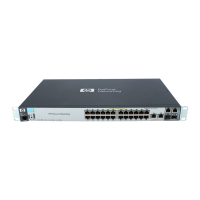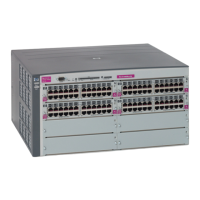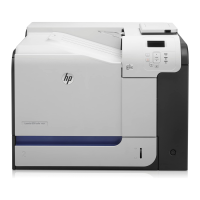Using Labeled Tapes
Guardian User’s Guide—425266-001
10-3
The MEDIACOM Interface
Table 10-1. MEDIACOM Commands (page 1 of 2)
Command Description
! Retrieves and executes a previously entered command
? Retrieves a previously entered command
ACCEPT TAPEMOUNT Permits use of a tape drive for no label processing or bypass label
processing
ADD POOL Creates a new pool in a volume catalog
ADD TAPEFILE Catalogs an existing tape file
ADD TAPELABEL Creates or changes a tape label
ADD TAPEVOLUME Catalogs a tape in a pool and volume catalog
ALTER CONSOLE Designates a device as the tape console
ALTER DISKFILE Changes the status of a disk file entry to valid or invalid
ALTER FILECAT Changes the operating system security level or file catalog owner
ALTER MEDIADEFS Sets or changes the system default values
ALTER POOL Changes one or more attributes of an existing pool
ALTER TAPEDRIVE Sets or changes the tape drive mode for no label or bypass label
processing; also assigns tape drive name to ACS tape drive
ALTER TAPEFILE Changes the tape file entry retention period or expiration date,
and the tape file entry status that represents a file in a multifile
tape set
ALTER TAPEMOUNT Requests a labeled tape be mounted other than the currently
requested one
ALTER TAPEVOLUME Changes the status of a tape in the volume catalog
ALTER VOLCAT Changes operating system security level or volume catalog owner
CREATE FILECAT Creates a file catalog; assigns it a logical name, owner, and
operating system security level
CREATE VOLCAT Creates a volume catalog; assigns it a logical name, owner, and
operating system security level
DELETE POOL Removes a pool once it is empty
DELETE TAPEFILE Removes an unexpired tape file entry
DELETE TAPELABEL Removes a standard label from a labeled tape
DELETE
TAPEVOLUME
Removes a tape entry from a volume catalog if the tape’s status is
bad, released, or scratch
DROP FILECAT Removes a file catalog once it is empty
DROP VOLCAT Removes a volume catalog once it is empty
ENV Displays the current session default values
EXIT Ends the session; returns control to the command interpreter
